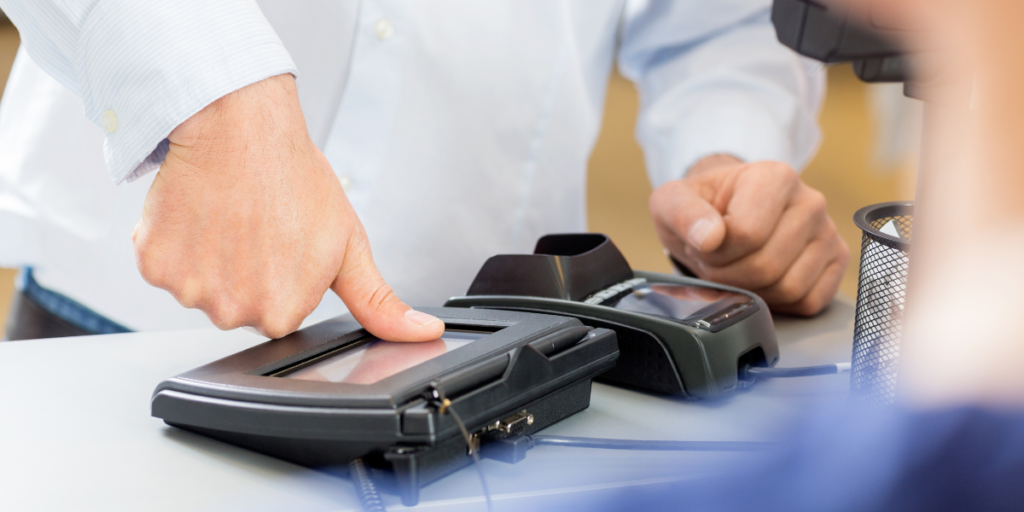Live Scan vs. Ink Fingerprinting: Which One Do You Need?
When it comes to fingerprinting, not all methods are created equal. Two of the most common options are Live Scan and Ink Fingerprinting — but how do you know which one is right for your needs? Understanding the differences can help you choose the best service quickly and avoid delays.
- What is Live Scan Fingerprinting?
Live Scan is an electronic method of capturing fingerprints using a digital scanner. Instead of traditional ink and paper, your fingerprints are captured electronically and transmitted directly to the requesting agency (like the FBI or state licensing boards).
Pros:
- Fast results (often within 24–72 hours)
- Cleaner process (no ink mess)
- Direct submission to agencies
Best for:
- State employment background checks
- Government clearances
- Apostille Background check
- Professional licensing (nursing, real estate, childcare)
- What is Ink Fingerprinting?
Ink Fingerprinting is the traditional method where your fingers are rolled in ink and pressed onto a standard FD-258 fingerprint card.
Pros:
- Accepted by federal agencies and international requests
- Required for certain state and federal applications
- Often necessary for out-of-state licenses or immigration cases
Best for:
- FBI Background Checks (Identity History Summary Requests)
- Out-of-state employment
- International adoptions and visas
- Nursing and Immigration
- Which Should You Choose?
It depends on the specific requirements of the requesting agency. Some applications only accept Live Scan; others only accept ink cards. When in doubt, always check the agency’s instructions — or ask a fingerprinting professional (like us)!
Key Takeaways
- Live Scan captures fingerprints digitally without ink, offering fast, clean results in 24–72 hours. It’s ideal for background checks, government clearances, apostilles, and professional licensing.
- Ink Fingerprinting uses traditional ink rolled onto FD-258 cards, accepted for federal and international needs. It’s best for FBI background checks, out-of-state jobs, visas, and immigration.
- Choosing the Right Method depends on what the requesting agency requires. Always check their instructions or consult a fingerprinting professional.
Conclusion:
Choosing the right fingerprinting method can save you time, money, and frustration. Both Live Scan and Ink Fingerprinting have important roles depending on your specific needs.
Not sure which fingerprinting method you need?
Contact Emri Fingerprinting & Notary Services — we’ll guide you and get your prints done right the first time!
Frequently Asked Questions
Q: How do I know if I need Live Scan or Ink Fingerprinting?
A: Check the instructions from the requesting agency. If you’re unsure, Emri Fingerprinting & Notary Services can guide you based on your purpose.
Q: Can you convert an ink fingerprint to a Live Scan submission?
A: No. They are two different processes. Live Scan requires electronic capture; ink fingerprints are physical and cannot be digitally converted afterward.
Q: How long does it take to get results with Live Scan?
A: Live Scan results typically return within 24–72 hours, depending on the agency.
Q: Do you offer both services at Emri Fingerprinting?
A: Yes! We offer both Live Scan and Ink Fingerprinting, available for mobile and walk-in appointments in Washington, DC.
Q: What should I bring to my appointment?
A: A valid government-issued photo ID (like a driver’s license or passport) and any required paperwork provided by the requesting agency.

